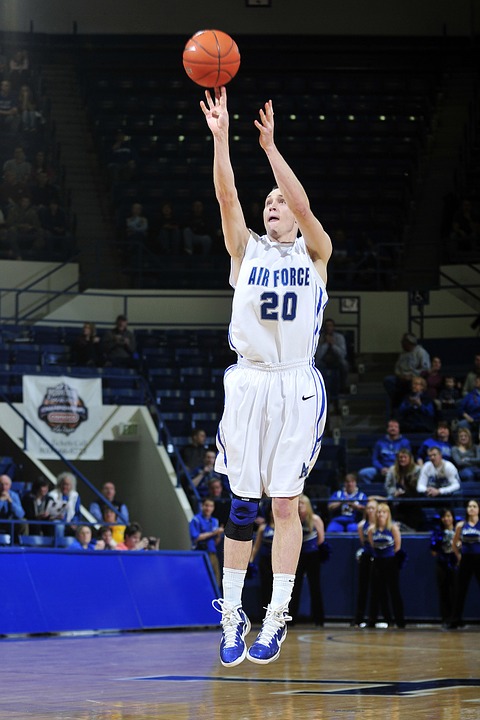Note that your final mark will not be saved in the system.
B1–B3 Characteristics, Functions, Major Skeletal Muscles and Antagonistic Pairs Typeit
Type the correct answers into the spaces. Fill all the spaces before clicking ‘Check Answers!’

Skeletal muscles work in pairs to pull on bones that articulate joints, causing movement. As one muscle or muscle group in the pair contracts, the other relaxes, working in what is known as an antagonistic pair.
There are various muscles involved in antagonist pairs that all contribute to effective movement:
The muscle responsible for pulling on the joint to cause movement is called the (i.e. the prime mover), while the paired muscle that is passive during the movement is known as the . There are various muscles that support the action of the prime mover, and these are known as . The attachment points of some major muscles in the human body also allow them to instigate movement at more than one joint. This requires muscles to stabilise the joint where movement is unwanted, so that movement is isolated at the desired joint.
Let's explore these terms further in a sporting context.
When jumping to perform a slam dunk in basketball, the role of the gastrocnemius and soleus is as the muscle group, causing plantar flexion at the ankle joint, which allows the player to leap into the air. The role of the tibialis anterior during this movement is as the muscle, which relaxes.
The triceps are a muscle group where one of the three heads (the large head) spans both the elbow and shoulder joints. When movement at only one joint is desired, such at the elbow during a triceps extension, the shoulder joint must be stabilised to prevent the long head of the triceps from causing unwanted movement. Therefore, the role of the trapezius is as a , to ensure movement is occurring only at the elbow.
When performing lateral flexion at the trunk, the obliques act as the prime mover. The movement is facilitated by the abdominals, acting as a .